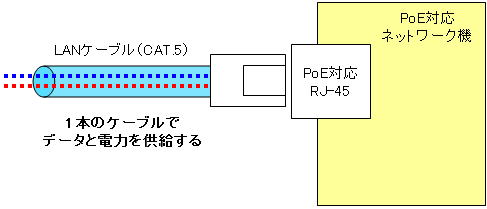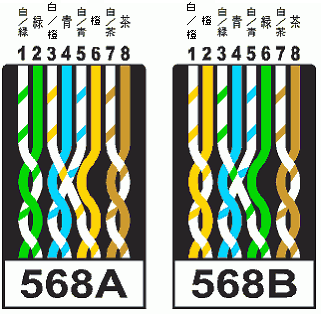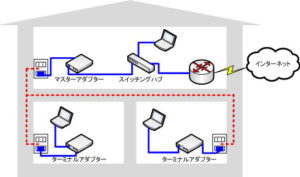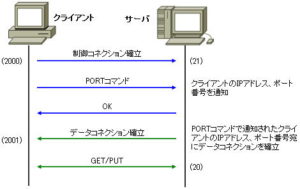PoE
What is PoE
PoE is an abbreviation of “Power over Ethernet”, and is a technology standardized as IEEE802.3af in June 2003. PoE can supply power using UTP cables (category 5 or higher) used for wiring in Ethernet. I can do it.
Since the UTP cable can be used as a power supply, data communication and power supply can be performed with one cable. As a result, equipment can be installed in locations where it is difficult to obtain a power supply, and wiring can be reduced because there is no need to route power cables.
If you have to install an AC adapter, it will take up space, but if you can get power from UTP, the power supply area will be neat. In addition, costs such as construction costs associated with the addition of power outlets can be reduced.

PoE is especially useful when installing IP phones and network cameras.
There are two methods, TypeA and TypeB. TypeA shares the same 4 copper wires for data transmission and power supply. In TypeB, 4 wires that are not used in 10BASE-T/100BASE-TX are used for power supply.

TypeA ・・・ Pins 1, 2, 3, 6
TypeB ・・・Pins 4, 5, 7, 8
to use.
Here, in TypeA, a question arises.
If the copper wire that transmits data and the copper wire that supplies power are the same, it may have an adverse effect on data transmission and reception.
But this is not a problem at all. Consider the case of ADSL as an example. There is no problem in exchanging telephone voice signals and ADSL data over a single (2-core) telephone line.
So is PoE. The specifications are set so that data transmission and power delivery on the same copper wire are unaffected.
In IEEE802.3af, the device on the power supply side can select either TypeA or TypeB, but the device on the power receiving side must be able to receive power from either TypeA or TypeB. It has been decided not to.


